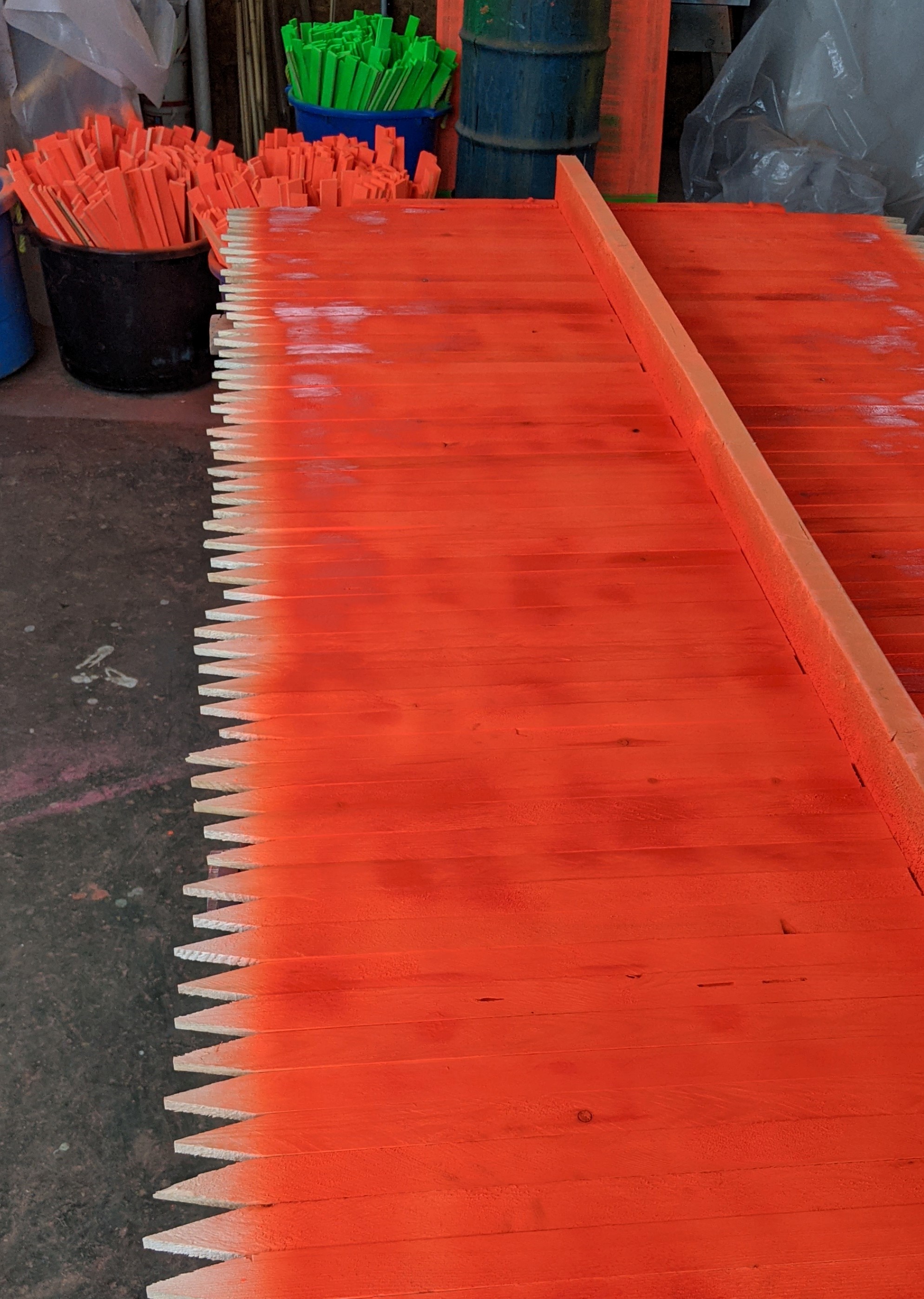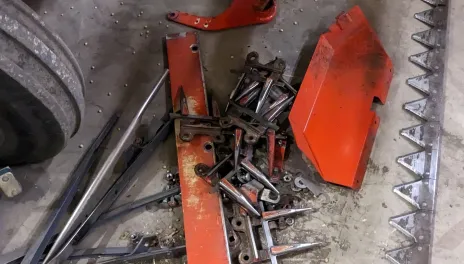Winter Activities
What happened after the last plot was harvested for the season? The list was long and varied for the agronomy team, so the team divided and conquered.
Our lab staff continued to weigh and count seed. Test weights, protein content and oil content were obtained. Soil samples were ground and continue to be ground so they can be submitted for analysis. Just when data collection from harvest was finished, it was time to start preparation for the next season. Seed was germinated on the varieties for the next planting season. Counting and packaging seed to plant each plot also began. With over 10,000 plots, it takes a lot of time to count.
Our technicians worked on repairs, maintenance, and fabricating new equipment. One combine broke a cylinder tachometer cable during the last of harvest. Luckily, the crew was experienced, so setting the speed with a portable gauge was a great starting point and allowed the crew to finish the last few trials. This combine has been fixed and is ready to go next season. Another combine was deemed unusable and parts were salvaged to use on a similar combine. The agronomy crew serviced six plot combines, as many tractors, and numerous field plot implements, from planters to sprayers to tillers. Having over 20 different crops grown at the Carrington REC means a lot of specialized equipment. The crew also painted hundreds of field stakes required to mark field trials.

New tillage equipment has been designed but fabrication of any new plot equipment was put on hold this winter.
Of course, this year the agronomy technicians and foundation seed stock crews have been moving a lot of snow!
Our specialists and scientists dug into the data. Yields were calculated and all data was analyzed. The results of the variety performance trials were uploaded to the NDSU variety trial website and submitted for paper publication. Industry trials were summarized and results reported. New ideas were generated, leading to new project proposals. Proposal ideas were researched, drafted and submitted to various organizations and granting agencies for funding consideration. Sprinkle in a few conferences, research presentations and numerous grower conversations, and it all made for a very busy winter.
Now to finish designing upcoming field trials and continue with spring preparations.
Kristin Simons, Ph. D.
Kristin.Simons@ndsu.edu
Research Agronomist
